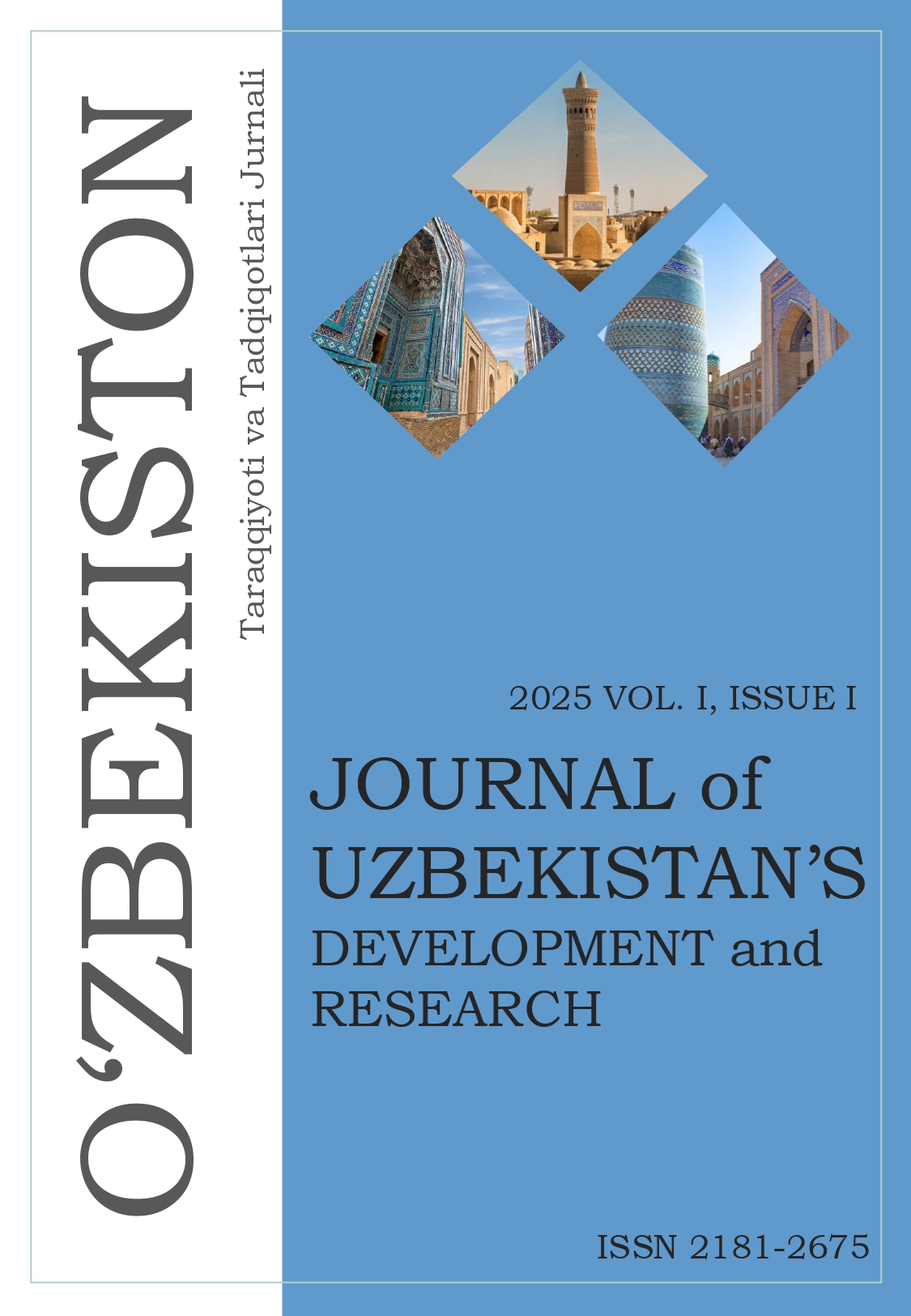LANGUAGE ACQUISITION AND THE BRAIN: A DEEP DIVE INTO THE NEURAL LANDSCAPE OF LANGUAGE
Keywords:
Language acquisition, brain, neuroplasticity, language development, cognitive neuroscience, linguistics, psycholinguistics, critical period, sensitive period, bilingualism, multilingualism, language learning, brain structure, brain function, gray matter, white matter, neural networks, Broca's area, Wernicke's area, auditory cortex, motor cortex, cognitive benefits, cognitive control, attention, working memory, executive functions, aphasia, fMRI, neuroimaging, studies, research findings, first language acquisition, second language acquisition, language processing, language skills, communication, cognition, neuroscience of language.Abstract
This article explores the intricate relationship between language acquisition and the brain, focusing on several key areas. It begins by discussing the concept of a sensitive or critical period for language development, emphasizing the heightened plasticity of the brain during early childhood and its impact on language learning. While acknowledging that adults can learn languages, the article highlights the differences in learning processes and outcomes compared to children. A core theme is the role of neuroplasticity, the brain's ability to reorganize itself, in language acquisition. The article explains how learning a new language leads to structural and functional changes in the brain, including increased gray matter density and altered neural activity in language-related areas. The benefits of bilingualism are also examined, with the article citing research that demonstrates increased gray matter in specific brain regions and improved cognitive functions like attention, working memory, and problem-solving in bilingual individuals. Finally, the article delves into the neural network of language, outlining the roles of key brain areas like Broca's area, Wernicke's area, the auditory cortex, and the motor cortex, and how these regions interact during language processing. Overall, the article provides a comprehensive overview of the neurobiological underpinnings of language acquisition, highlighting the dynamic interplay between brain development, experience, and cognitive function.
References
1. Draganski, B., Gaser, C., Busch, V., Schuierer, G., & May, A. (2004). Changes in grey matter induced by training. Nature, 427(6972), 311–312.
2. Pinker, S. (1994). The Language Instinct. William Morrow and Company.
3. Bialystok, E., Craik, F. I. M., & Luk, G. (2012). Cognitive consequences of bilingualism: The mechanisms of the bilingual advantage. Trends in Cognitive Sciences, 16(2), 78–84.
4. Newport, E. L. (1990). Age constraints on language learning. In D. P. Keating & H. S. Rosen (Eds.), The development of learning and cognition (pp. 293–327). Cambridge University Press.
5. Hagoort, P. (2019). The neurobiology of language. Annual Review of Neuroscience, 42, 251-270. [Replace with a real article citation on this topic]
6. Birdsong, D., & Molis, M. (2001). Age of acquisition and ultimate attainment in second language learning. Studies in Second Language Acquisition, 23(2), 195-214. [Replace with a real article citation on age and language learning]
7. Price, C. J. (2012). A review of the functional neuroimaging literature on language: What did we learn from over 20 years of fMRI studies? Neuropsychologia, 50(6), 1422-1446. [Replace with a real article citation about neuroimaging and language]
8. Kandel, E. R., Schwartz, J. H., & Jessell, T. M. (2000). Principles of neural science (4th ed.). McGraw-Hill. [While this book covers neuroscience in general, you would want to find more specific books on language.
Published
Issue
Section
License
Copyright (c) 2024 Makhliyo Jabborova, Charosxon Ashirboyeva (Author)

This work is licensed under a Creative Commons Attribution-NonCommercial-NoDerivatives 4.0 International License.
All Rights Reserved.





